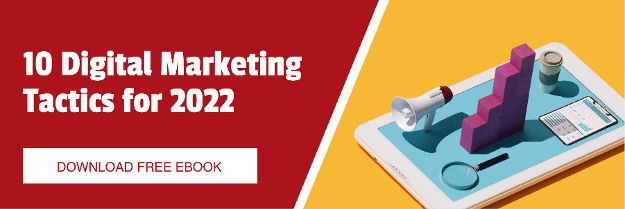Streaming services are growing in popularity. It seems there is an ad every day for a new one touting something the others don't have. Streaming has become a part of our everyday vernacular, much like Googling. So, why then do advertisers refer to it as OTT?
For marketers, the distinction is between network programming and those that bypass it. There are no dayparts to consider for ad placement, as you can view streamed content at any time of the day or night. It is very appealing to marketers and business owners because, since it is digital, it allows for more effective targeting. However, the term streaming video is better for sales because it's more easily understood.
OTT Is a Misleading Term
OTT is a confusing and misleading term. The somewhat outdated acronym for going "over the top" of antiquated set-top boxes doesn't resonate today. Streaming is more recognized and more accurately and colloquially explains the services involved in OTT. After all, it comes down to streaming video when you boil it down.
OTT fails to specify the context effectively. Often, unless someone happens to be in or familiar with the marketing industry, they've likely never heard of it. It isn't self-explanatory, even when you know what it stands for, as many people have never even seen a set-top box. Many define it now as going over the top of the internet, which makes no sense and leads to even more confusion.
So, precisely, what is OTT? Essentially, it is a technology by which content owners can stream programming, like movies and TV shows, via the internet. Production companies and broadcasters can manage and deliver videos as a service. They can do this either as a subscription base, such as YouTube TV or as an AVOD (Advertising video-on-demand). AVODs allow you to stream movies and TV shows for free, using commercials to pay for this free service. You probably already use one or more streaming services for your programming without even being aware that it was OTT.
Customers Say Streaming; Salespeople Should Too
There will always be those adventurous souls that would buy virtually anything, whether they knew what it was or not, just because it is new and exclusive. However, most of the world is not that way. People want to understand what they sign up for and how it will change their lives for the better. How many people would respond to an ad offering "TJOL" without knowing it is "The Job of a Lifetime," what its benefits are, and who provides it?
OTT is much the same. Salespeople and marketing materials should use their customers' language to avoid confusion and more readily create a conversation. Using the same terms helps better relate to people and dispel confusion. When you start with something familiar, it is much easier to ignite interest, so you can explain how it benefits them.
What Streaming Refers To
When was the last time you said you would sit around this weekend and stream videos? Probably not often, if ever. You may finish a busy day by saying, "I'm just going to have a pizza delivered while I binge [insert latest favorite show here] on Netflix." Playing multiple episodes of a show back-to-back is one of the joys and conveniences of streaming.
Streaming refers to video and audio services like Hulu and Pluto TV, as well as Spotify and Pandora. Other popular movies and television providers are Netflix, Apple TV+, Disney +, YouTube TV, HBO Max, and Amazon Prime Video. The term streaming encapsulates everything OTT does. It can be through subscription-based video-on-demand services, or SVODs, like those mentioned above; ad-based video-on-demand services, or AVODs, which may or may not be free; or free with ads services like Pluto TV, Samsung TV Plus, and Tubi.
Streaming TV content isn't exclusive to OTT. CTV is similar to OTT but is specific to the device used. Examples include Smart TVs with built-in internet connectivity and media platforms, connected devices that plug into a regular or Smart TV, such as Apple TV, Amazon Fire Stick, Chromecast, or Roku, and gaming consoles like Xbox, PlayStation, or Nintendo Switch. Regardless of what you use, "streaming device" is an equally applicable term.
Make Streaming More Understandable
The popularity of streaming services is growing exponentially. It opens a wealth of possibilities for advertisers. You have a captive audience of engaged viewers that may have previously been difficult to reach with traditional television ads. Because it is digital, streaming ads have greater targeting potential and superior attribution capabilities. More importantly, with the option of SVOD, AVOD, or free-with-ads platforms, it is within reach of virtually everyone. Let's make it easy and call it what it is so people will recognize the value.




